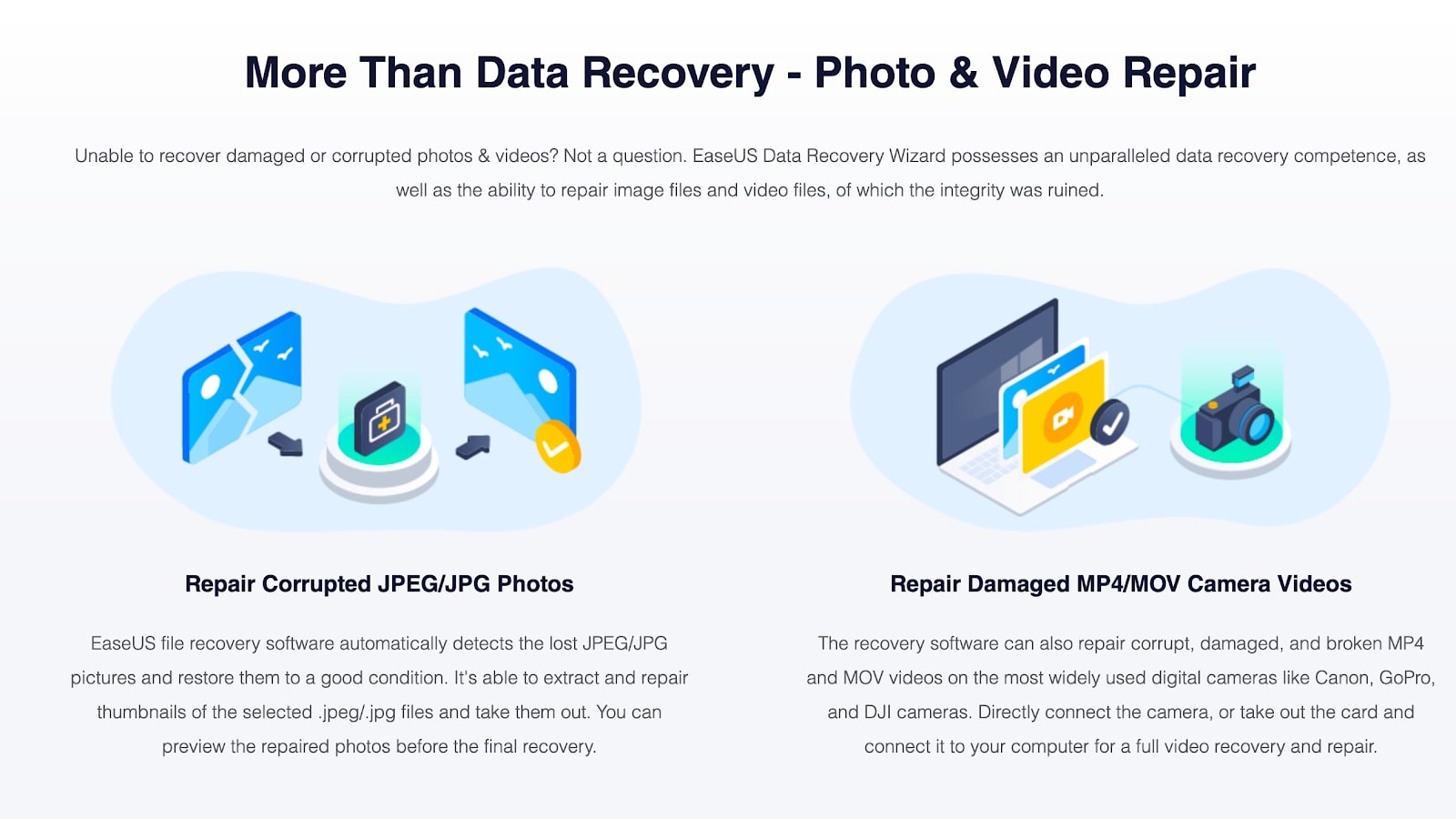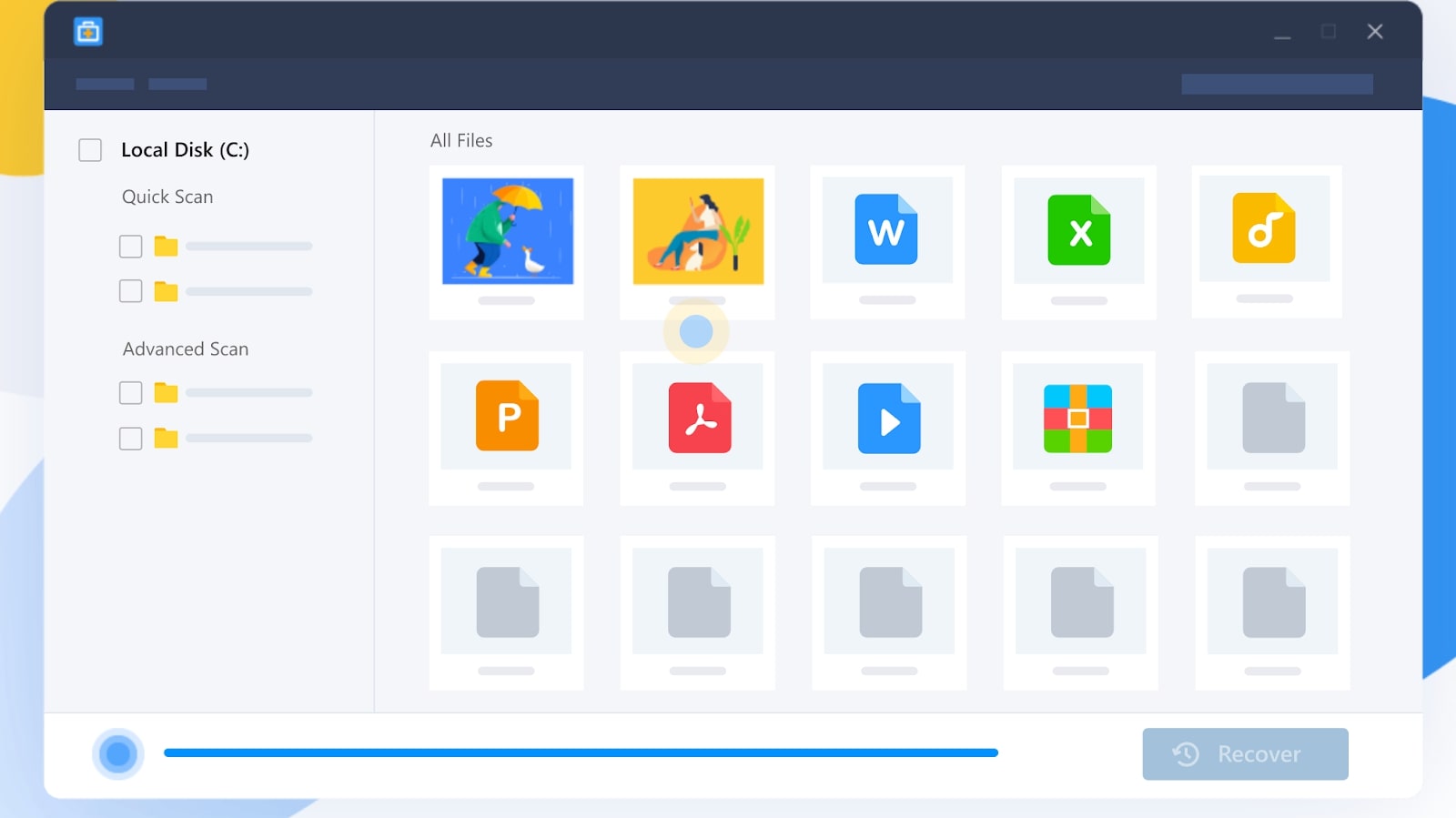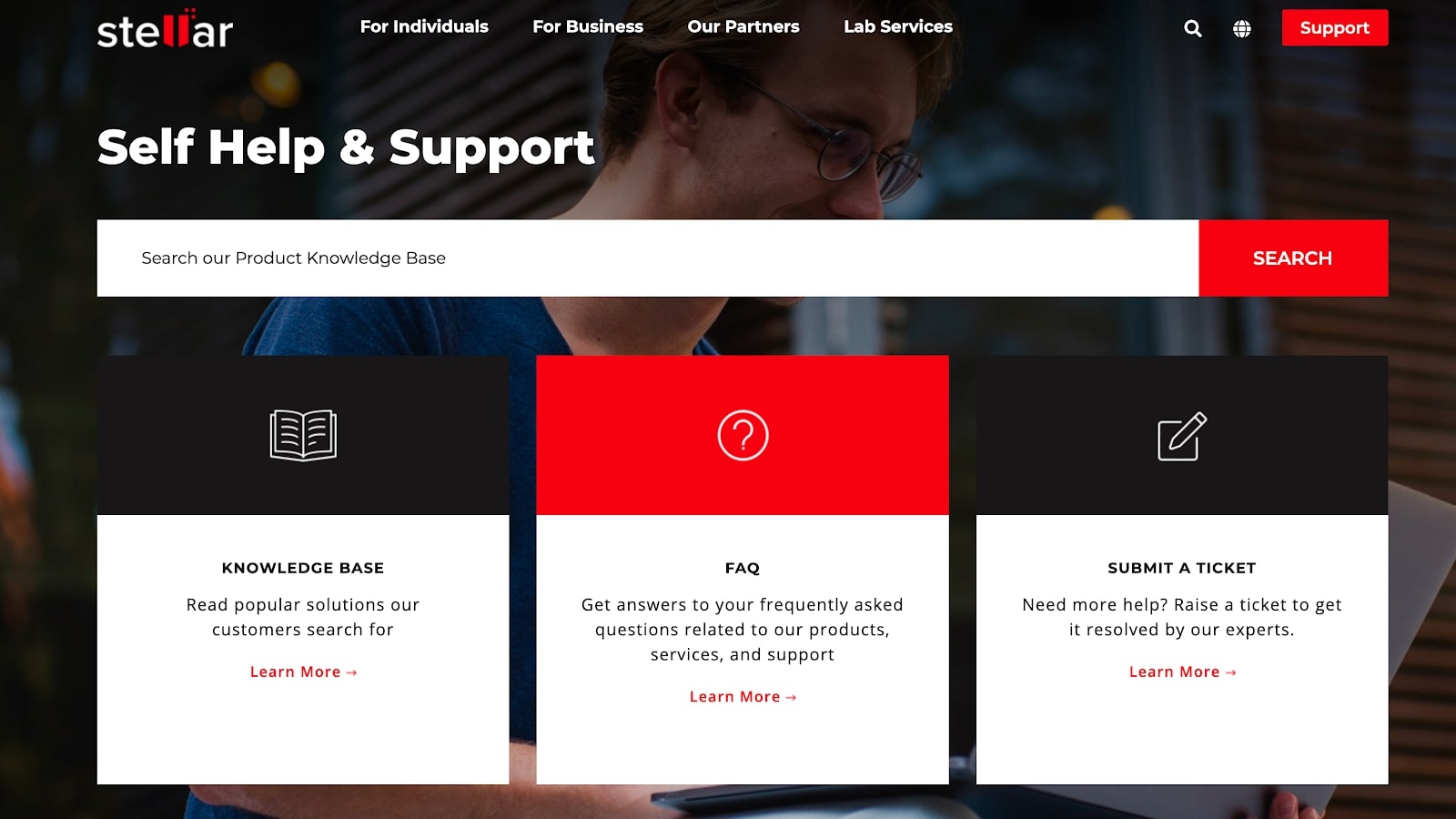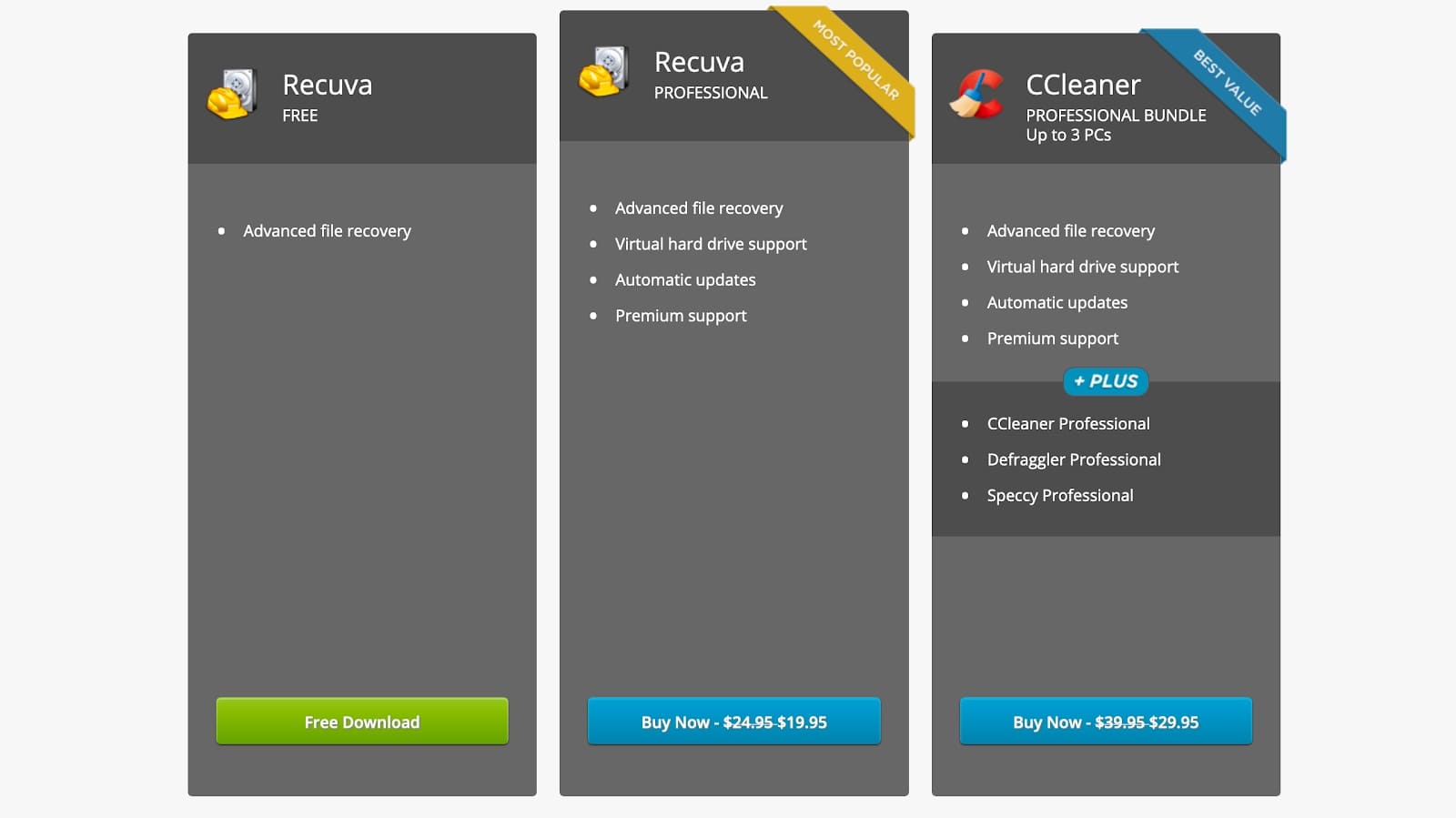Data loss can happen at any time and for a wide variety of reasons, like accidental deletion, file corruption, or the presence of viruses and malware. That’s why it’s important for businesses to have a recovery plan that includes the use of the right data recovery software.
However, not all businesses can afford expensive recovery software or in-person services, and not all data recovery scenarios call for them. That’s why many hard drive recovery providers offer both free and paid versions.
In this article, we’ll take a look at the main differences between free and paid data recovery software, so you can make an informed decision.
- Best data recovery software of 2020: Paid and free file recovery solutions
Features

You might be surprised to learn that you can still get quite sophisticated data recovery solutions without having to pay. Data recovery works by scanning your hard drive for lost or corrupted files and then presenting you with a list of files that can be recovered. In this regard, free and paid versions are pretty much the same. Typically, they differ only in the types of media that are supported or the total size of recovered files.
EaseUS data recovery, for example, enables free users to recover up to 2GB of data. For businesses that deal primarily in small file sizes, like spreadsheets and other office documents, this is probably enough for occasional lost files. However, the paid versions, starting at $69.95 per month or $149.95 for a lifetime license, dispense with the data limits. Users can thus recover an unlimited amount of data.
Another common divergent feature relates to the types of media supported. All paid and free versions will enable you to scan your computer’s internal hard drives, but most free software stops there. The free version of Stellar Data Recovery, for example, doesn’t support CDs or DVDs, nor Mac and Linux file systems.
The extent to which files can be recovered also varies. The Premium ($99) version of Stellar Data Recovery supports repairing damaged video and sound files. Damaged files are particularly difficult to recover, as it requires a more sophisticated scanning process to recognize the bits and pieces of the original file type. As a result, they tend not to be supported by free versions.
Finally, advanced drive management options are usually unavailable with free versions. Only the paid version of Recuva ($24.95/year) by CCleaner and the Toolkit ($299) version of Stellar support virtual disk recovery, for example. The same goes for recovering an unbootable device, which is only supported by the paid versions of both Stellar and EaseUS.
Performance

Free and paid versions of most data recovery software don’t differ much in terms of performance. The speed of file recovery depends on the media being scanned, the size and types of files, and the software itself. Thus, while different applications vary from one to another, the free and paid versions tend to perform similarly.
As mentioned, the total size of recovered files is sometimes limited between free and paid versions. OnTrack EasyRecovery is another powerful hard drive recovery solution whose free version is limited to 1GB of recovered files.
Nonetheless, it’s fair to say that free and paid data recovery software tends to vary in features more than in performance. Scanning and recovery speed and supported file types rarely differ.
Support

Support is one area where free and paid software vary greatly. Only paying customers of Stellar Data Recovery, for instance, get access to their 24x5 technical support. The same goes for EaseUS, the Pro version of which includes remote consultations and assistance recovering your data if you hit a snag.
This is understandable, as providing support is a costly affair: technicians have to be regularly trained, paid for their time and expertise, and have access to communications infrastructure. If you need technical help to recover deleted files, be prepared to pay for it.
Pricing and plans

Most data recovery software today are available with an annual subscription. Of the four applications mentioned in this review, only EaseUS offers a one-time payment of $149.95 for a lifetime license.
Basic home and small business plans cost upward of $80 per year (OnTrack EasyRecovery for Home and Stellar Info Professional, for example, cost $79.00 per year).
Advanced plans for technicians can be much more expensive. The OnTrack EasyRecovery Toolkit, for instance, costs $699.00 per year for up to three machines, although Recuva’s Professional bundle for three machines is only $39.95 per year.
Verdict
Free data recovery solutions do exist, but they tend to be limited to a few gigabytes of common file types on internal or external hard drives. That being said, for many businesses, this is the kind of quick fix that’s often needed. If a file has accidentally been emptied from trash or is refusing to open because it’s become corrupted, many free versions can probably recover it.
For more involved data recovery scenarios, including CDs or DVDs, virtual drives, unbootable machines, RAID data recovery, and all but the most basic user support, you’ll want to invest in paid software.
- The best data recovery software of 2020: Paid and free file recovery solutions
from TechRadar - All the latest technology news https://ift.tt/33W5swk
via IFTTT
0 التعليقات: